Walking & Trekking Safaris
Walking & Trekking Safaris in Tanzania
Tanzania is one of the world’s premier destinations for walking and trekking safaris. Unlike traditional game drives, these safaris give you a chance to walk through stunning landscapes, track wildlife on foot, and experience the beauty of nature up close. Whether you’re a first-time safari-goer or an experienced adventurer, Tanzania’s diverse parks and mountains offer the perfect setting for a walking safari.
From the endless plains of the Serengeti to the breathtaking views atop Mount Kilimanjaro, Tanzania is rich with opportunities to immerse yourself in its wilderness. In this guide, we’ll walk you through everything you need to know about walking safaris in Tanzania, including the best destinations, what to expect, and how to prepare for your adventure.
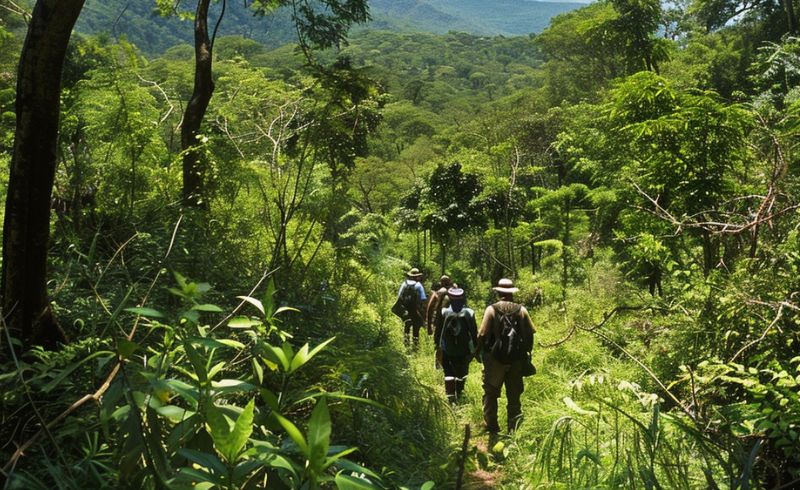
Highlights
- Walking safaris let you explore on foot, following animal tracks and observing wildlife up close.
- Armed guides ensure safety as travelers spend nights in remote lodges or tented camps.
- Walking safaris highlight small details like spider webs, flowers, and beetles, adding cultural elements.
- Fireside conversations and interactions with local people make the experience unique.
- Trekking for gorillas, chimps, and climbing Mount Kilimanjaro are other top African walking adventures.












Why Choose a Walking & Trekking Safari in Tanzania?
Tanzania is perfect for walking safaris due to its rich biodiversity and varied landscapes. From the Serengeti to Ngorongoro Crater, Tanzania offers countless opportunities to get close to nature. Walking safaris allow you to explore areas that are inaccessible by vehicle, providing a more intimate and personal connection to the environment.
Here’s why Tanzania is a top choice for walking and trekking safaris:
- Diverse Landscapes: Tanzania offers everything from open savannahs to dense forests and mountainous terrains.
- Exclusive Access: Walking safaris take you to remote areas where you can encounter wildlife without the crowds.
- A Unique Perspective: You’ll experience the wilderness in a more personal way, seeing the small details you might miss from a vehicle
Best Walking Safari Destinations in Tanzania
Tanzania is home to some of the most incredible walking safari destinations in Africa. Below are the top locations to consider for your walking safari adventure:
Serengeti National Park
The Serengeti offers one of the most iconic landscapes in Africa, with vast, rolling plains that stretch as far as the eye can see. This park is home to not just the famous wildlife, but also a rich diversity of plant life and breathtaking natural beauty. A walking safari here allows you to see the Serengeti from a completely different perspective. Whether you’re exploring the savannah or heading toward the riverbanks, your guide will teach you about the various species and ecosystems that make this area a UNESCO World Heritage site. The opportunity to witness the Great Migration on foot is an awe-inspiring experience, as you may get up close to massive herds of wildebeest and zebras, along with the predators that follow them.
Learn More about Serengeti
Ngorongoro Crater
The Ngorongoro Crater, often referred to as the “Eighth Wonder of the World,” is a remarkable natural environment that showcases a stunning array of wildlife. Walking safaris in this area offer a unique opportunity to witness a blend of wildlife in an easily accessible location. The crater, formed from a collapsed volcano, hosts a concentration of animals rarely seen in such proximity, from the endangered black rhino to large prides of lions. Exploring the crater floor on foot allows you to connect with the land and animals on a deeper level, giving you a chance to track animals, observe their natural behaviors, and learn about the ancient volcanic landscape. The rim also offers stunning panoramic views of the crater, a perfect spot to pause and appreciate the vastness of the area.
Learn More about Ngorongoro
Tarangire National Park
Tarangire is often overshadowed by its more famous neighbors but is a hidden gem for walking safaris. This park is especially well-known for its incredible elephant herds, with hundreds of these majestic creatures gathering around the Tarangire River during the dry season. Walking through Tarangire gives you the chance to follow elephant tracks and observe the behavior of these gentle giants. You may also spot giraffes browsing on the acacia trees or zebras grazing near the riverbanks. One of the park’s highlights is the ancient baobab trees, which provide unique photo opportunities and fascinating insights into the ecosystem. During your walk, your guide will explain how these trees, some over 1,000 years old, contribute to the park’s biodiversity.
Learn More about Tarangire
Mount Kilimanjaro
Trekking Mount Kilimanjaro is not just about reaching the summit; it’s about the journey through the various ecosystems that make this mountain so unique. Starting at the base, you’ll pass through lush rainforests where you can spot monkeys and tropical birds, then gradually ascend through alpine meadows filled with wildflowers and moss-covered trees. As you climb higher, the landscape transforms into barren, rocky terrain, offering stunning views of the surrounding landscape and glaciers. Climbing Kilimanjaro on foot is a test of endurance, but the reward is well worth it. The panoramic views from the summit, combined with the sense of accomplishment, make this a once-in-a-lifetime experience for trekkers.
Learn More about Kilimanjaro
Selous Game Reserve
The Selous Game Reserve is a vast and remote area, far from the crowded tourist spots. This makes it an ideal destination for those seeking a truly wild and untouched safari experience. Selous offers some of the best walking safaris in Tanzania, allowing you to explore its dense woodlands, wetlands, and riverine areas on foot. You’ll have the chance to encounter a wide variety of animals, from the mighty elephant to the elusive wild dog, in their natural habitat. The riverbanks are perfect for spotting crocodiles and hippos, while the open plains are great for observing grazing animals like impalas and wildebeest. Since Selous is less frequented by tourists, your walking safari here is often a more intimate experience, providing an opportunity to enjoy the wilderness in peace and solitude.
Learn More about Selous
What to Expect on a Walking Safari
A walking safari is a completely different experience from a game drive. Here’s what you can expect during your adventure:
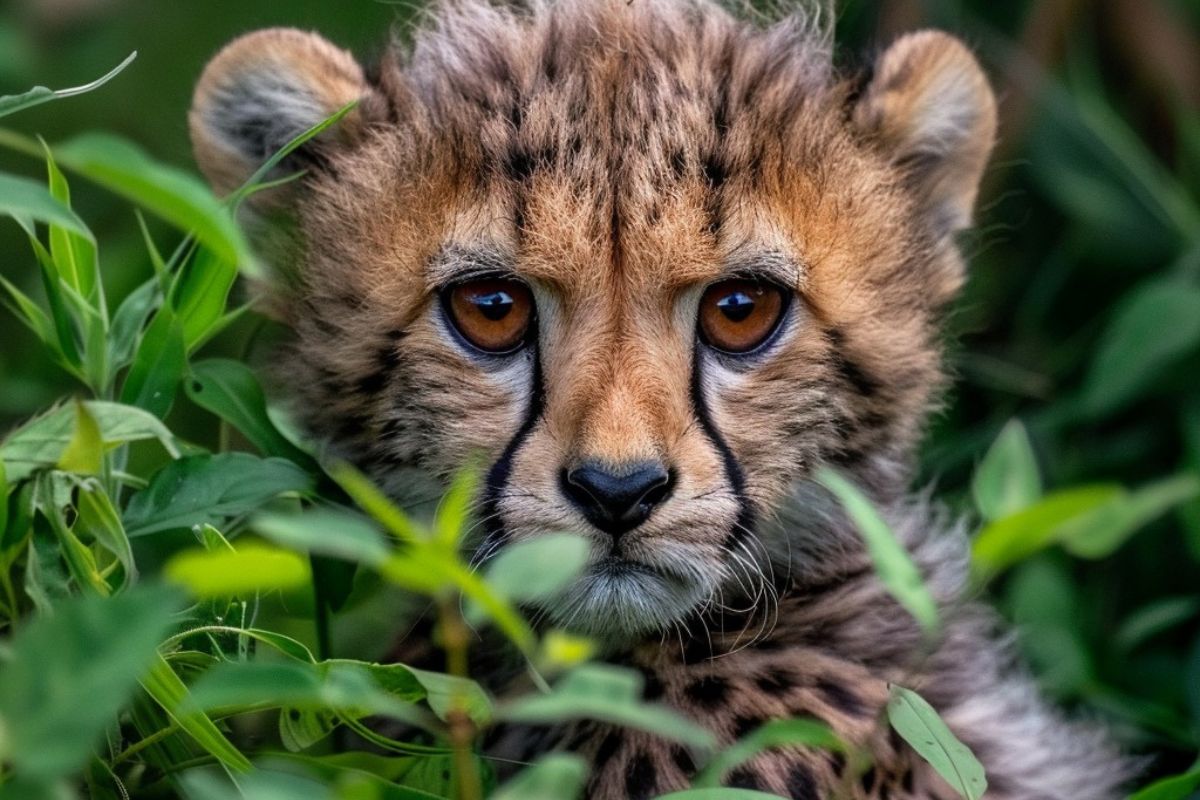
Expert Guides
You’ll be accompanied by a trained guide who will share knowledge about wildlife, plants, and ecosystems.
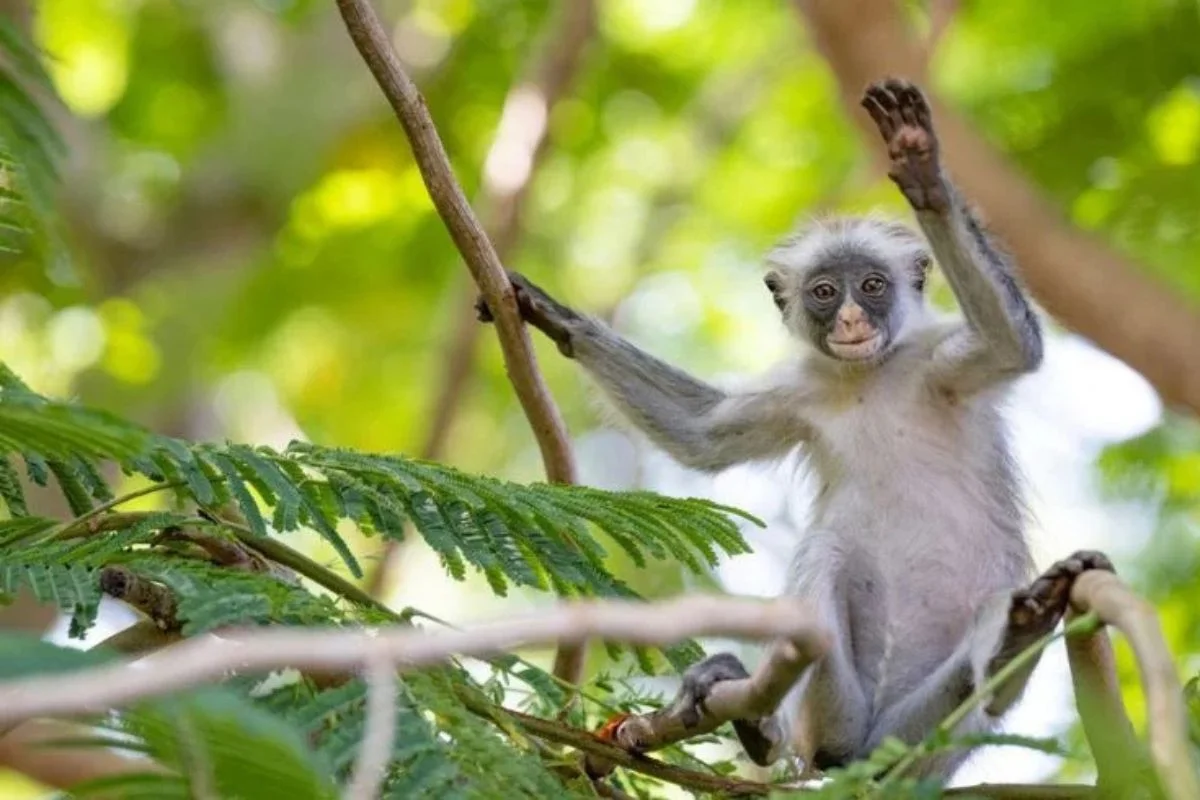
Wildlife Encounters
While you won’t be as close to the animals as on a game drive, walking safaris give you the opportunity to track animals on foot and observe their behavior.
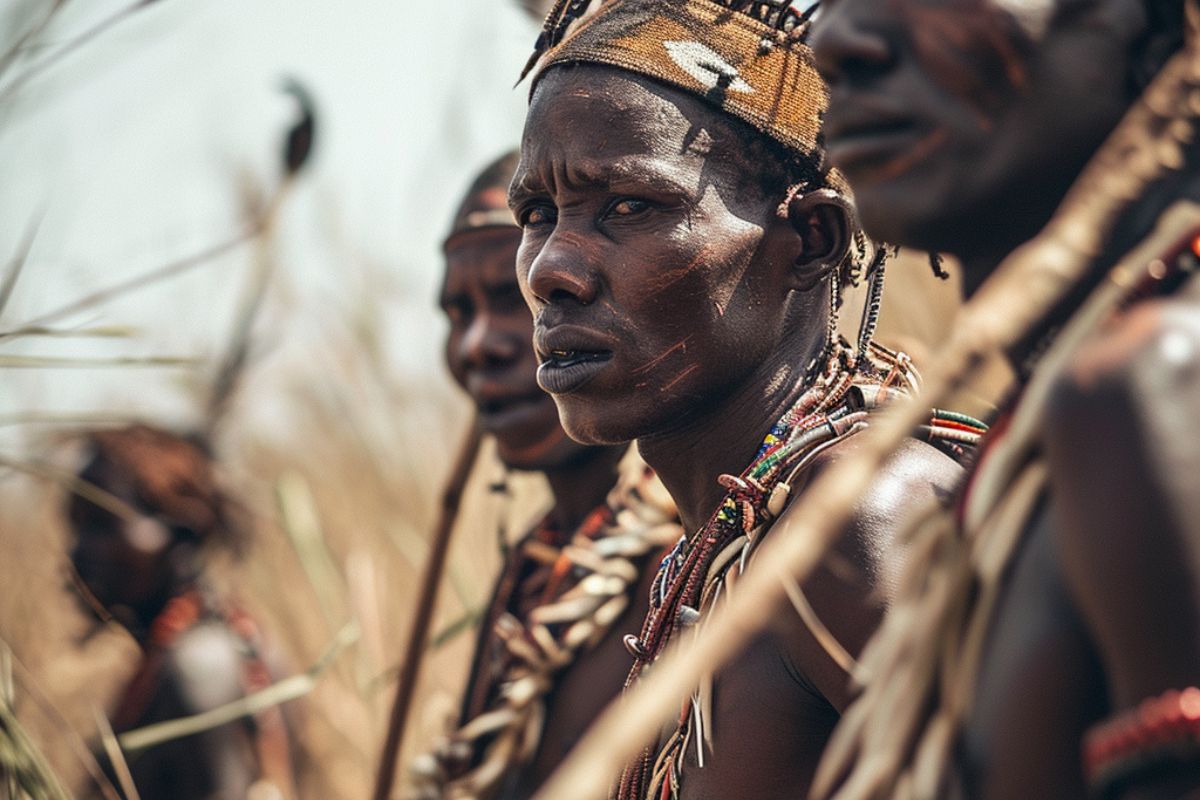
Scenic Views
Walking safaris allow you to enjoy breathtaking views and explore areas that vehicles can’t reach.
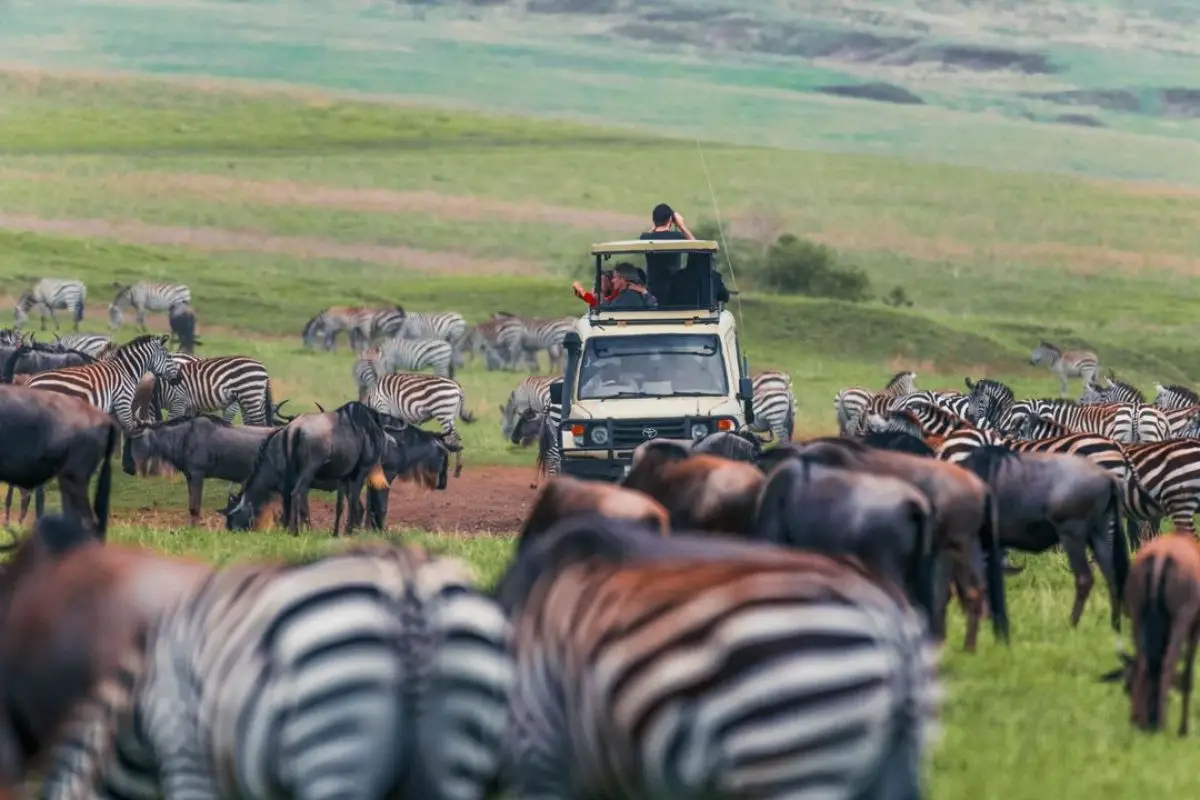
Physical Activity
Expect moderate physical activity, such as walking for several hours a day. The walks are usually gentle, but longer treks may require a higher level of fitness.
The Benefits of Walking Safaris
Walking safaris offer several unique benefits over traditional game drives:
- Close Encounters with Nature: On foot, you’ll experience the environment in a much more intimate way, noticing smaller details like animal tracks, birds, and plants.
- Personalized Experience: Walking safaris are usually done in small groups, giving you a more personalized experience with your guide.
- Tracking Skills: You’ll learn how to track animals by studying footprints, droppings, and other signs in the wild.
- Exercise & Adventure: Walking through the wilderness provides physical activity and a sense of adventure that you won’t get from a vehicle
Preparing for Your Walking Safari in Tanzania
Before embarking on your walking safari, it’s important to be well-prepared. Here are some tips to ensure you have an enjoyable and safe experience:
Clothing:
- Lightweight, breathable clothing is essential for walking safaris.
- Neutral-colored clothes (khaki, beige, brown) are recommended to blend into the environment and avoid disturbing animals.
- Wear a hat and sunglasses for sun protection.
Footwear:
- Comfortable, sturdy hiking boots or shoes are a must for walking safaris. Ensure your shoes are broken in before your trip to avoid blisters.
Fitness:
- Walking safaris are generally suitable for people with moderate fitness levels. If you’re planning a multi-day trek, make sure to train ahead of time.
Essentials to Pack:
- Water bottle (staying hydrated is crucial)
- Sunscreen and insect repellent
- A camera or binoculars for wildlife watching
- Personal medications, if necessary
Feature Travel Tips
See Our Basic Tanzania Travel Info
Popular questions about Walking & Trekking Safaris
Our packages usually include accommodation, meals, transport, game drives, park fees, and a professional guide. Flights, visas, and personal expenses are typically excluded unless stated otherwise.
Yes, we specialize in tailor-made safaris. You can adjust destinations, activities, and accommodations to match your needs.
The best time is during the dry season (June to October) when wildlife is easier to spot. However, the Wildebeest Migration is spectacular between January and March or July and September.
Tanzania is a safe and friendly destination. Our team ensures you are well taken care of throughout your journey.
Absolutely! Many travelers end their safari with a relaxing stay on Zanzibar's beautiful beaches. We can arrange everything for you.
We accept bank transfers, credit cards, and mobile money. Payment details will be shared during the booking process. Read More here
We have a cancellation policy in place. Refunds depend on how close to the travel date you cancel. We recommend travel insurance for added protection. Read More here
Pack light clothing in neutral colors, comfortable walking shoes, a hat, sunscreen, binoculars, and a camera. Don’t forget insect repellent and any personal medications.
Yes, we have family-friendly safari options with activities and accommodations suitable for children.
Of course! Just let us know your dietary needs in advance, and we’ll ensure you’re well taken care of.
We use 4x4 safari vehicles with pop-up roofs for excellent wildlife viewing and photography. They are spacious and well-maintained.
Most visitors need a visa to enter Tanzania. You can get it online or upon arrival. We’re happy to assist with any questions.
Yellow fever vaccination is required if you’re arriving from a country with a risk of yellow fever. Malaria precautions are also recommended. Consult your doctor for advice.
It’s best to book 6-12 months in advance, especially during the peak season, to secure your preferred itinerary and accommodation.
Yes, Tanzania is one of the best places to see the Big Five: lions, leopards, elephants, buffaloes, and rhinos. Popular parks like Serengeti and Ngorongoro Crater offer great chances to spot them.
If your question is not listed, please contact us from here.
